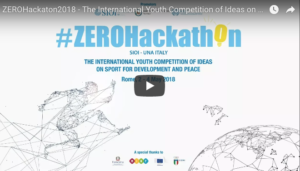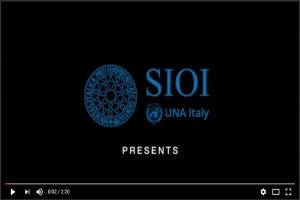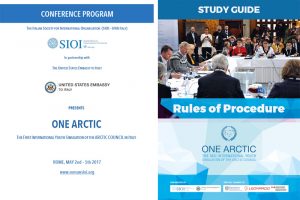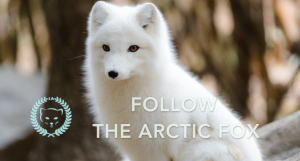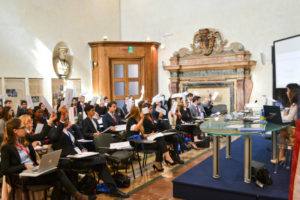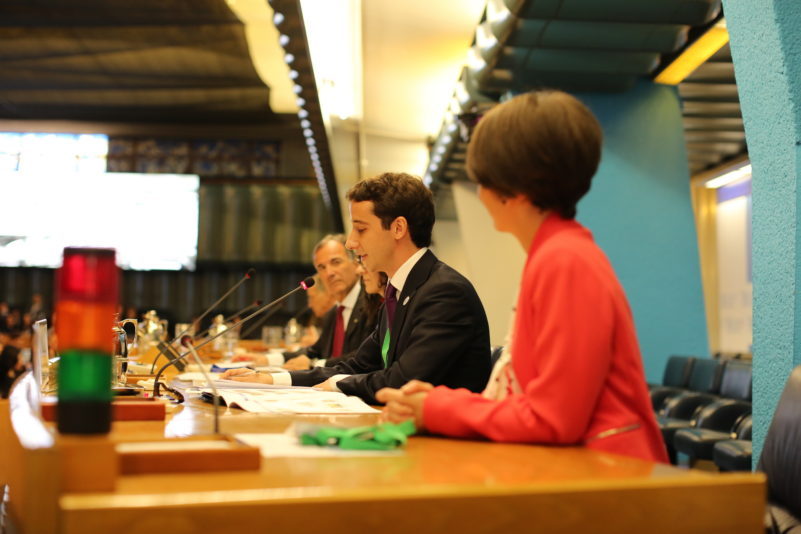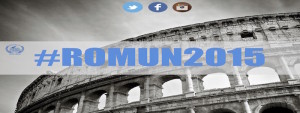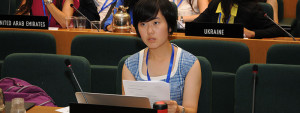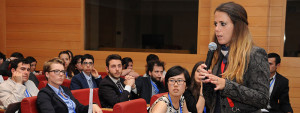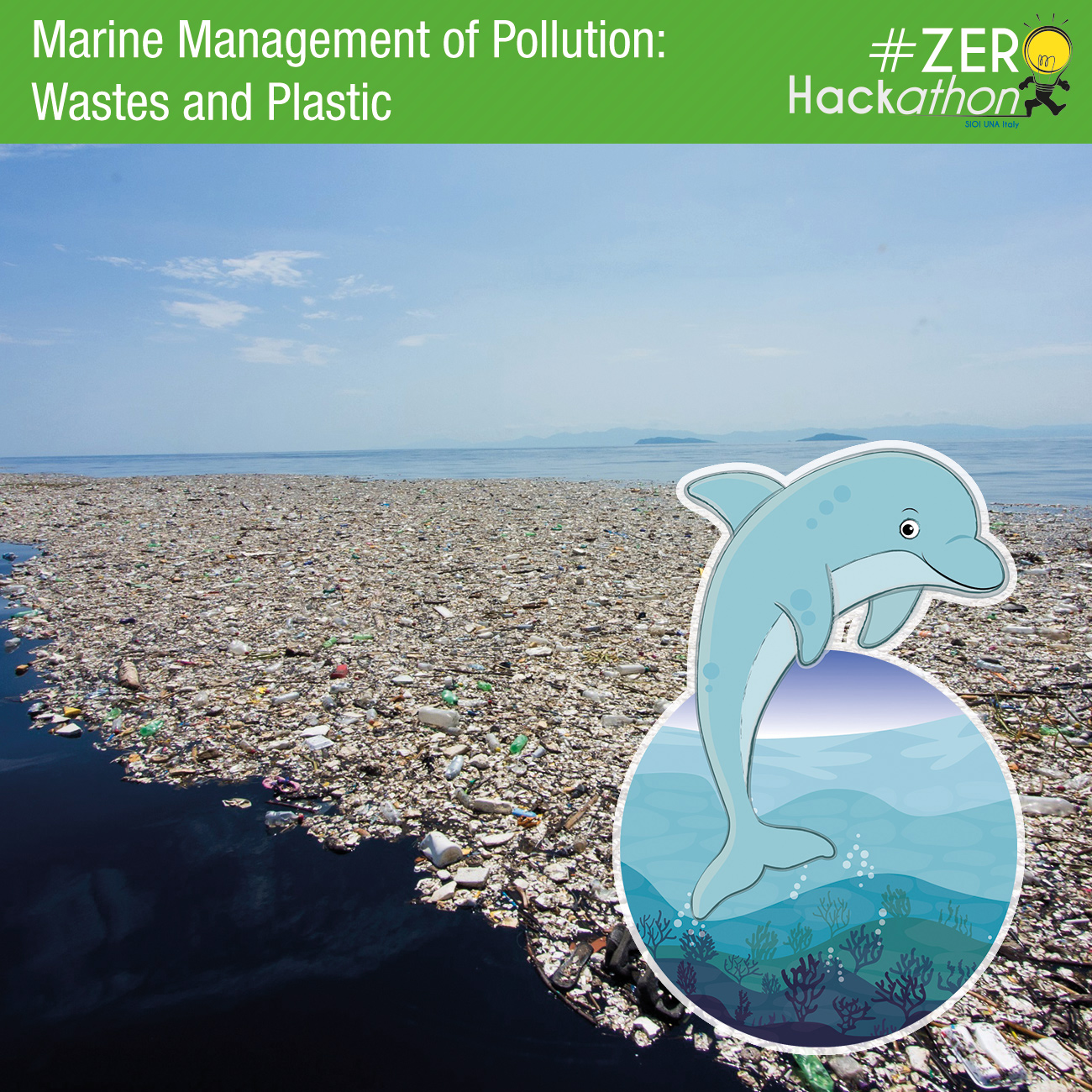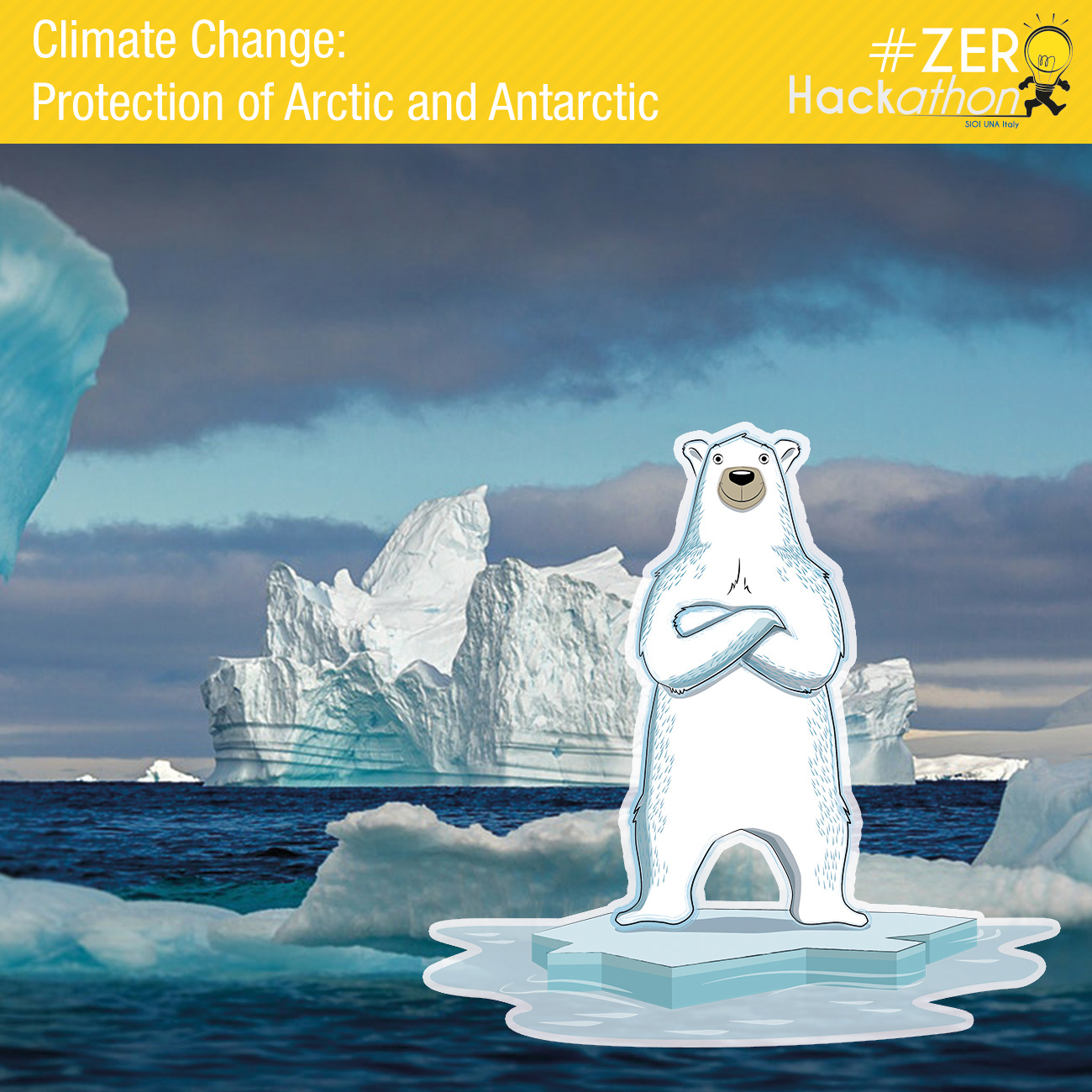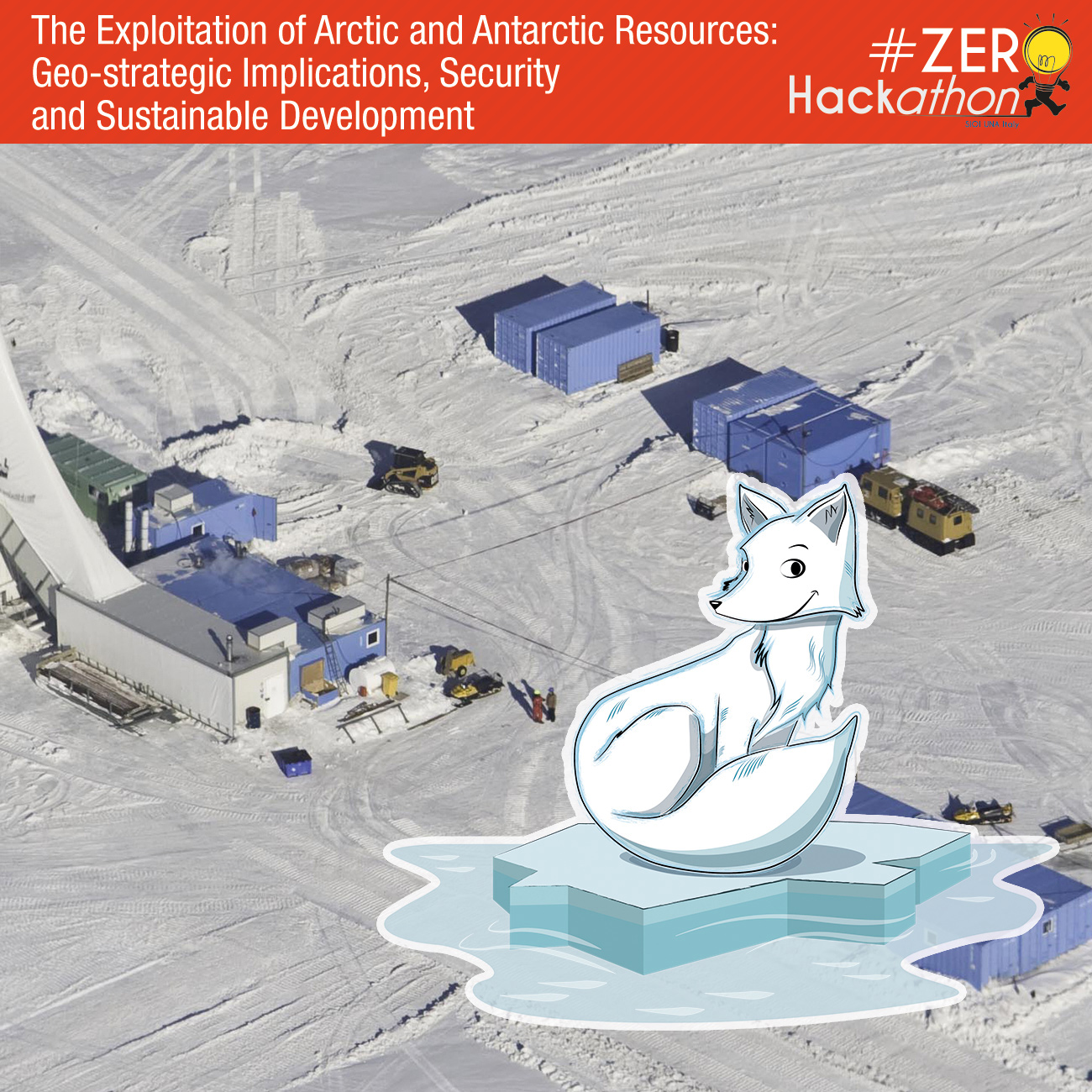SIOI 2016 - All rights reserved.

In order to engage young people in promoting and sharing the values and the role of the sustainable development and the prevention of climate change on a national and international level, #ZEROHackathon: Oceans and Polar Connections will connect interdisciplinary students from national and international high schools and universities, in order to share data, experiences, challenges, and methods, anticipating innovative solutions that will impact on the most pressing issues related to the climate change and its consequences on Marine areas, Arctic and Antarctic regions.
The competition will be divided into 4 thematic areas, but the specific issues to be discussed and worked on will be revealed on the first day of the event!
TOPIC AREA 1 - Oceans and marine protected areas: Environment and Biodiversity
Only 6.35% of the oceans are protected by Marine Protected Areas (MPAs); furthermore, only 1.89% of these areas are exclusively “no take areas”: but, what is considered a MPA? They could be thought as areas that protect, process and promote biodiversity and restoration of ecosystems.
In recent years, oceans have become simultaneously more threatened and increasingly important to the wellbeing of the planet. Some growing social, economic and environmental problems that MPAs help combat include destructive fishing practices, erosion of coastal land and coral reefs, conservation of local cultures and economies, and protection of endangered species. Concerning biodiversity, species extinction is happening at 100 times the natural rate, causing many scientists to believe the Earth is facing a sixth mass extinction, partially due to human interaction with the environment. In recent decades, populations of marine species have dropped by 14%. In the coming years, States must search for a collaborative solution to address current oceanic problems and create sustainable development goals to diminish the global ecological footprint on the environment.
Have you ever thought that oceanic change could affect your life or your State?
Do you think that your State is effectively implementing protections or initiatives regarding oceanic environmental diversity?
What are some ways that you could adapt your routine to ensure environmental progress?
TOPIC AREA 2 - Marine Management of Pollution: Wastes and Plastic
There are five large offshore plastic accumulation zones worldwide, the largest being the Great Pacific Garbage Patch (GPGP), visible even from space. Every year up to 2.41 million tons of plastic, 80,000 tons of which exist in the GPGP, enter in the ocean through rivers and are then transported by oceanic currents. There are four types of plastic that contribute to the GPGP; and, the bigger the plastic, the more dangerous it becomes for marine life due to its transformation over decades into micro-beads.
The implication of this plastic problem affects not only marine life, but also the economic stability and health of humans. When plastic and waste enter the marine food web, they impact the human food chain, and, as a result, affect the economy through clean-up projects and financial burden of fisheries. Some studies predict that within the next few decades there will be more plastic than fish in the ocean, creating a problem of biodiversity and sustainability. Not only plastic, but also dredged material, industrial waste, sewage sludge, and radioactive waste contribute to this large-scale problem. A large part of sustainability will depend on States coming together to prevent the continuation of waste pollution in marine ecosystems.
What can you do to reduce your plastic footprint?
What are some steps your country still needs to take to implement a reduced waste policy?
What are some initiatives States could implement now that will benefit future generations?
TOPIC AREA 3 - Climate Change: Protection of Arctic and Antarctic
Due to climate change, the Arctic is warming at a rate of almost twice the global average. The consequences of such include rising sea levels, eroding coasts, warming and acidification of the oceans, and melting permafrost, all of which are visible even at middle latitudes. These consequences also result in damaged ecosystems and the inadaptability of animal inhabitants in these regions, permanently affecting the food chain. Furthermore, these changes expand outward impacting human life and infrastructures.
Antarctica, as well, has been increasingly warming over the past 50 years. The largest area of concern is off the west coast of the Antarctic Peninsula, where the Antarctic Circumpolar Current is warming faster than any other part of the entire ocean. The Antarctic also faces the melting of perennial snow, which has redistributed penguin colonies and increased plant colonization. Finally, another result of reduced sea ice is the decline of Antarctic krill. While there are many international measures in place to help combat these issues, a continual problem remains finding a way to ensure these measures are implemented. This will become more important as the world continues to become more globalized and interconnected.
Do you think your country works to efficiently combat these growing problems?
What are some goals you think could be implemented within the international community or your own country?
Do you think this issue affects you personally, or will it only be a problem of future generations?
TOPIC AREA 4 - The Exploitation of Arctic and Antarctic Resources:
Geo-strategic Implications, Security and Sustainable Development
In the last 50 years, the Arctic has transitioned from a space that was considered geo-politically stable to a place in which many countries have developed interest. Due to retreating ice and global warming, new global maritime routes that connect Asia, America, and Europe have become increasingly competitive, with countries attempting to enter into or further solidify their role in the Arctic economy. According to the United States Geological Survey, the Arctic is estimated to have 30% of the world’s undiscovered gas and 13% of the world’s undiscovered oil, mostly offshore and relatively close to the surface.
While the Antarctic is more protected than the Arctic in terms of exploitation, there are still pressures of profiteering for mineral resources and oil. In both the Arctic and the Antarctic, control of these natural resources and exploitation of fishing routes could influence global power and economic development. Along with economic exploitation of resources, the Antarctic faces consequences relating to sustainable development due to the tourist industry leaving sewage and pollution behind. Concerning State Security, these Polar Regions are again becoming hot spots of military presence due to their strategic locations. Current States in the Arctic are looking to maintain economic security of sovereign territory, which often results in security concerns. Together, global warming has created new economic and security opportunities in a larger global sphere, which interconnects security. The biggest challenge will be balancing these opportunities with security and sustainable development for both human and environmental benefit.
If you could speak with a global leader, what would you suggest as the most pressing issue to fix?
What are the instruments you could use for solving what you think is the biggest problem within these regions?
How can States outside of the Arctic Region help the States within this region solve these growing problems?
TOOLS
|
Photo editing
PhotoDirector 8 Essential
GIMP (Consigliato, leggero ma molto potente)
Slide Presentation
Open Office (Suite Office gratuita molto simile a quella Microsoft)
Editing Audio
Audacity (Semplice e immediato)
Reaper (più professionale, richiede maggiori conoscenze tecniche)
Editing Video
MOVAVI (Sul sito ha anche software free per slideshow e foto editing)
AVS (Della stessa casa sono disponibili software audio, foto e office sempre free)
FILMORA (Anche per Mac)
VIRTUAL DUB
OpenShot Video Editor
Pictures, Vectors and icons
Google Images
Wikimedia Commons
(If you have any doubts, check Wikimedia Commons’ informative on reusing content outside Wikimedia)
Pixabay
Pexels
Skitterphoto
StockSnap.io
The Noun Project (Icons)
Colour Lovers (Colour schemes / palettes)
Adobe color (Colour schemes / palettes)
Freepik
(If you have any doubts, check Freepik’s terms of use here)
Fonts
coming soon...





